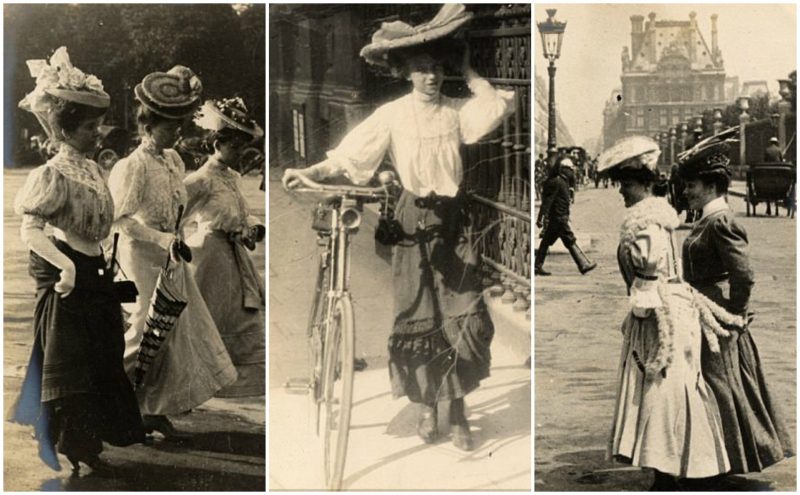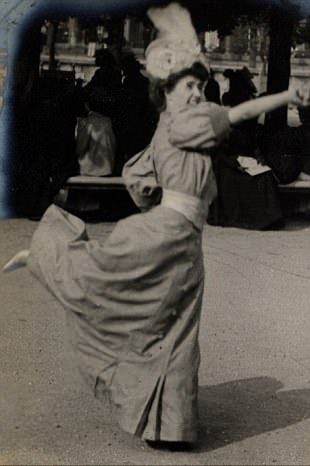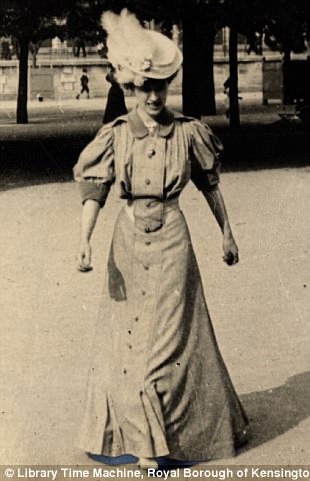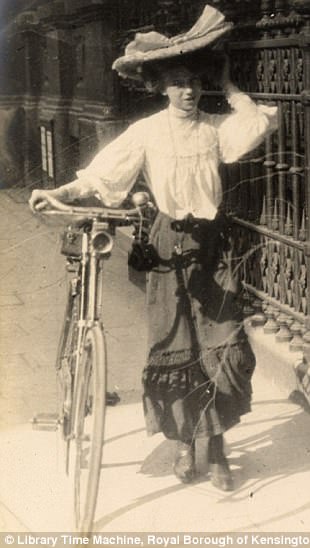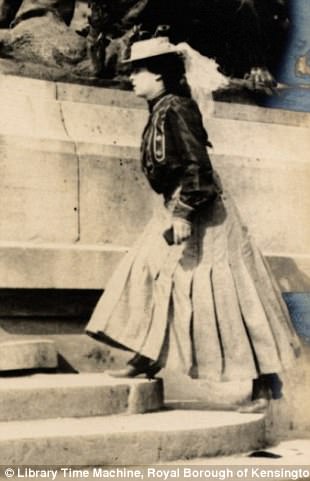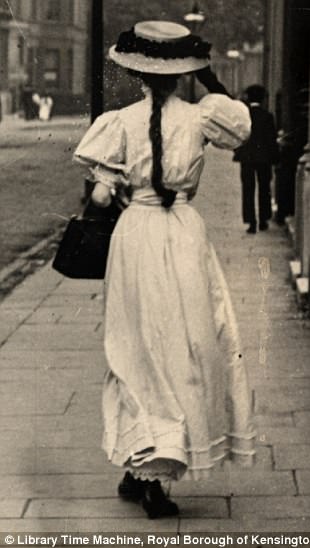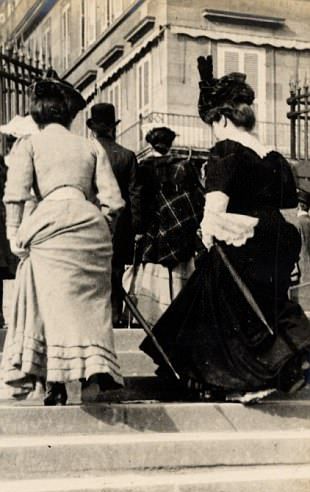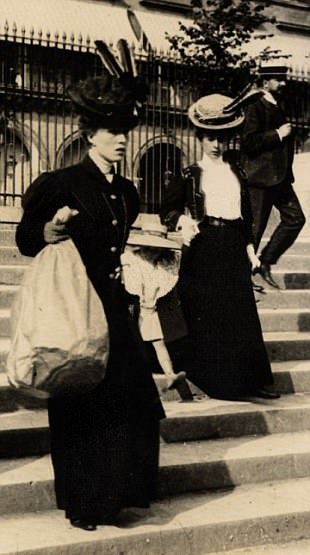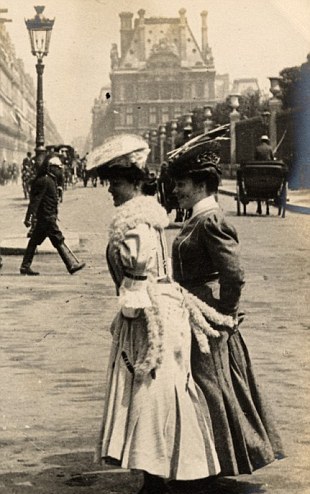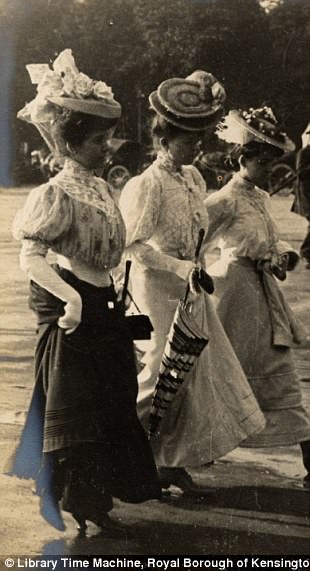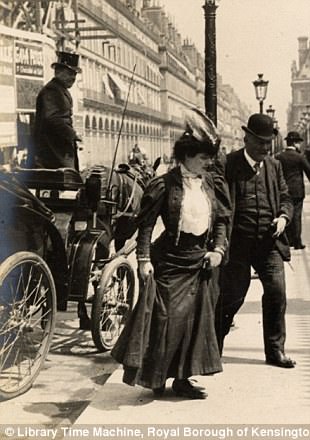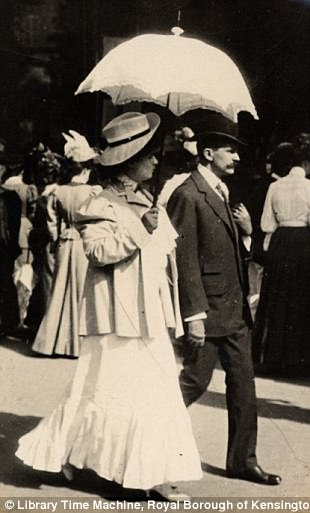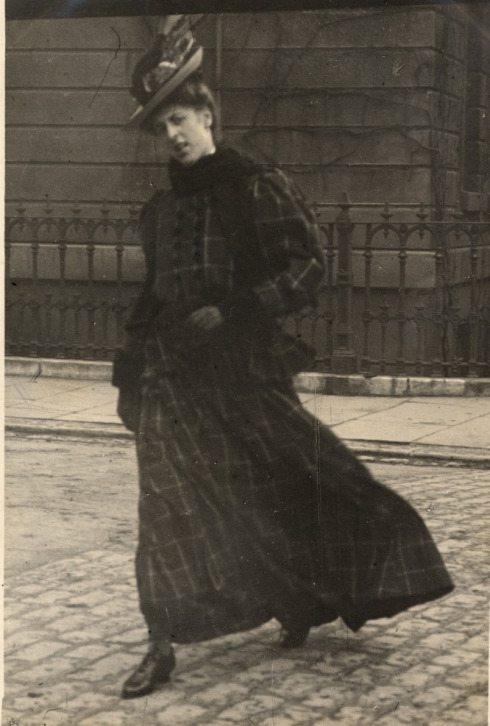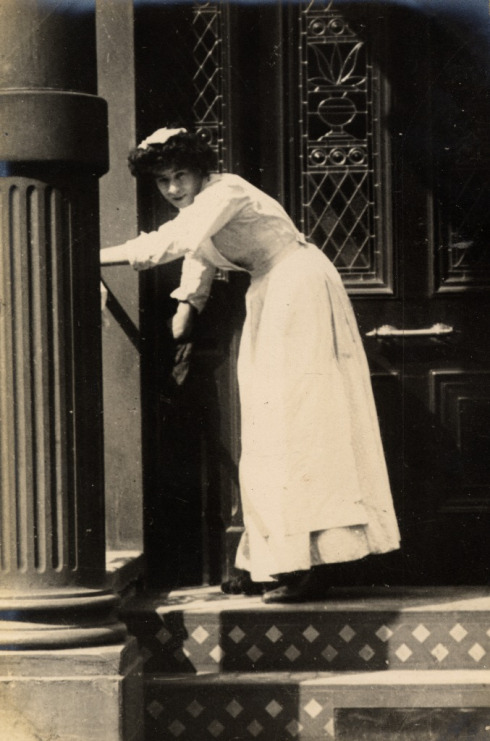La Belle Époque or the Beautiful Era dated from the end of the Franco-Prussian War in 1871 to the outbreak of World War I in around 1914. Occurring during the era of the French Third Republic (beginning 1870), it was a period characterized by optimism, regional peace, economic prosperity and technological, scientific and cultural innovations. In the climate of the period, especially in Paris, the arts flourished. Many masterpieces of literature, music, theater, and visual art gained recognition. The Belle Époque was named, in retrospect, when it began to be considered a “golden age” in contrast to the horrors of World War I.
Cheap coal and cheap labor contributed to the cult of the orchid and made possible the perfection of fruits grown under glass, as the apparatus of state dinners extended to the upper classes. Exotic feathers and furs were more prominently featured in fashion than ever before, as haute couture was invented in Paris, the center of the Belle Époque, where fashion began to move in a yearly cycle. In Paris, restaurants such as Maxim’s Paris achieved a new splendor and cachet as places for the rich to parade. Maxim’s Paris was arguably the city’s most exclusive restaurant. Bohemian lifestyles gained a different glamour, pursued in the cabarets of Montmartre.
So, let’s take a look on street styles photos and be amazed.
June 4, 1906 [Via]
Hélène du Bois was captured in a photograph playing handball in a formal attire.
June 4, 1906 [Via]
Hélène du Bois posed for the camera after hitting the ball.
September 8, 1906 [Via]
A lady cyclist walking on Kensington having trouble with her huge ribboned-top hat.
June 5, 1906 [Via]
Parisian chic walking up the concrete stairway.
June 15, 1908 [Via]
A lady dressed in all-white with a white hat and braided hair walking away while carrying her black on the side.
1906 [Via]
It’s a good day to display elegance wearing your favorite dress.
June 3, 1906 [Via]
People going up to Rue de Rivoli.
It was not entirely the reality of life in Paris or in France, however. France had a large economic underclass who never experienced much of the Belle Époque’s wonders and entertainments. Poverty remained endemic in Paris’s urban slums and rural peasantry for decades after the Belle Époque ended. The Dreyfus Affair exposed the dark realities of French anti-Semitism and government corruption. Conflicts between the government and the Roman Catholic Church were regular during the period. Some of the artistic elite saw the Fin de siècle in a pessimistic light.
Those who were able to benefit from the prosperity of the era were drawn towards new forms of light entertainment during the Belle Époque, and the Parisian bourgeoisie, or the successful industrialists called nouveau-riches, became increasingly influenced by the habits and fads of the city’s elite social class, known popularly as Tout-Paris (“all of Paris”, or “everyone in Paris”). The Casino de Paris opened in 1890. For Paris’s less affluent public, entertainment was provided by cabarets, bistros and music halls.
1906 [Via]
A young girl stepping down on staircase at Rue des Rivoli with the help of black-dressed, feathered hat women.
June 3, 1906 [Via]
Well-dressed women standing along the streets of French capital.
1906 [Via]
French ladies wearing their fashionable hats and holding parasols walking along the Champs-Élysées.
1906 [Via]
Couple in the French capital.
June 5, 1906 [Via]
A couple walking down the Boulevard des Italien.
February 20, 1906 [Via]
Curious woman in a checkered black dress.
June 26, 1906 [Via]
A maid wearing her costume with a map and ready for cleaning the steps.
